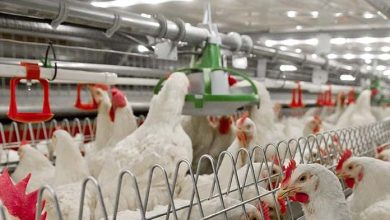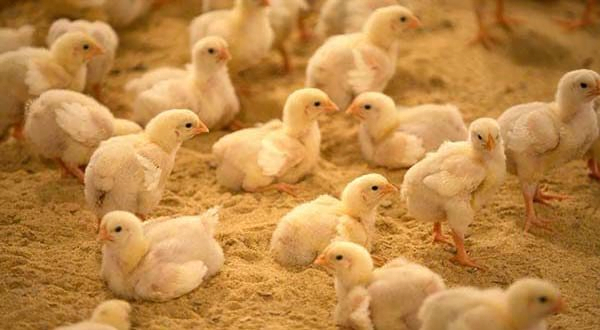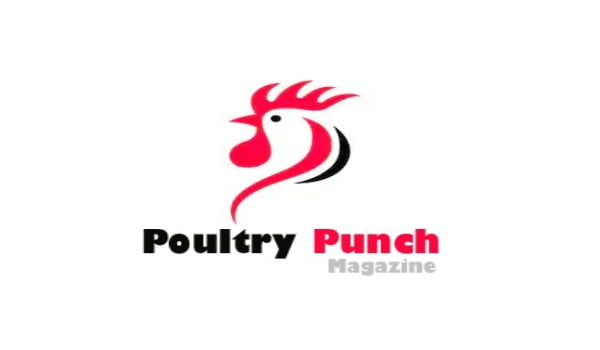The Poultry Industry Path to Growth and Success

Innovating for the Future: The Poultry Industry’s Path to Growth and Success
Over the past 15 years (between 2006-2007 to 2021-2022), the Indian poultry sector has witnessed remarkable growth, with chicken meat growing at an annual average rate of 0.8% and eggs increasing at 6.7%. These numbers indicate that the Indian poultry industry is on a steady upward trajectory and is expected to continue expanding in the future.
The poultry industry in India has emerged as a key player in meeting the growing demand for high-quality, protein-rich food, generating employment opportunities, and contributing to the overall economic development of the country.
Fowl Revolution: Modern Practices Fueling Poultry Industry Growth
The poultry industry has been growing rapidly in recent years, and one of the key drivers of this growth has been the increasing adoption of modern farming practices. These practices include the use of improved breeds of chicken, better food, efficient housing, and management techniques. As a result, poultry production has improved in terms of meat yield and egg count over the years. The industry’s important growth rate is due to the rising demand for protein-rich foods by consumers, which has increased significantly in recent years. Interestingly, the number of vegetarians who are turning to non-vegetarianism is also on the rise.
From Preferences to Purchasing: How Consumer Behaviour is Reshaping Food Trends
The demand for value-added chicken products in restaurants has been on the rise, and fast-food retail chains’ revenue is increasing day by day. One of the best examples is McDonald’s and KFC, which have been quick to capitalize on this trend. As McDonald’s and KFC observed that chicken is more popular than vegetarian products in India, they created an 80% chicken-based menu. According to a report by the National Restaurant Association of India, these chains generate 80% of their revenue from chicken products, as consumer demand for chicken continues to grow.
In response to this demand, fast food chains have been introducing new and innovative chicken products to their menus, such as chicken sandwiches, wraps, and salads. This shift towards chicken products is part of a larger trend in the fast-food industry, where chains are increasingly focusing on healthier and more sustainable food options. As consumers become more health-conscious, fast-food chains are adapting to meet their needs by offering more nutritious and protein-rich options. The increasing demand for value-added chicken products in restaurants is a reflection of this changing paradigm for the poultry industry.
Feathers of Success: Unlocking India’s Poultry Processing and Export Potential
India is the world’s largest producer of buffalo meat and the second-largest producer of goat meat. It is also the fifth-largest producer of chicken meat. Poultry meat contributed to 51.4 percent of the total meat production of 3 million tonnes in 2021-22. Maharashtra is the largest poultry meat producing state which produces 15 percent of the national production.
Despite offering a very competitive price for poultry products, India is a minor player in poultry exports. This is due to limited processing facilities, small farm sizes, and inadequate brand credibility.
India’s contribution to the global eggs export in TE2021 is a mere 1.2%. In the fiscal year 2021-22, India exported 0.32 million tonnes of poultry products, which were valued at INR 530 crore (USD 71 million).
Poultry is a highly vertically integrated industry in India and matches the efficiency levels of many western countries. The industry and government of India should take steps to modernize municipal abattoirs to provide safe and hygienic meat to consumers. Export-oriented units should invest significantly in establishing large abattoirs-cum-meat processing plants with the latest technology. Farm automation, abattoirs, logistics, processing, and point of sale cold storage infrastructure are opportunities in India, given the changing preference of Indian consumers for clean, safe, and hygienic meat and meat products.
The Future of Poultry Industry: Preparing for the Rising Demand of Chicken and Eggs?
The share of meat and egg eating population in India has increased by 6% between 2015 and 2021. This trend is expected to continue, leading to a further increase in demand for poultry and poultry products. However, the per capita consumption of poultry products in India is still very low. In TE2021-22, the per capita consumption of eggs was 90.3 eggs per annum, while chicken meat consumption was 2.6 kg per annum.
These figures are significantly lower than the ICMR recommended consumption level of 180 eggs and 10.8 kg poultry meat per person per annum. To meet the growing demand for poultry products in India, it is essential to bridge the gap between the availability and requirements of these products. One way to achieve this is through large-scale awareness campaigns that educate people about the benefits of consuming poultry products and encourage them to increase their consumption. By doing so, we can ensure that the supply of poultry products meets the demand, and people can enjoy the many benefits of these products.
Keeping it Safe and Satisfying: The Key to Building Consumer Trust in Chicken Products.
To improve consumer demand for chicken products and build their trust, prioritizing food safety is crucial. Poultry producers must adhere to food safety norms and implement clean production practices. By ensuring that the chickens are raised in a safe and hygienic environment, consumers can trust that the products they purchase are of high quality and free from harmful contaminants. Implementing rigorous quality control measures, such as regular testing for pathogens and proper handling and storage techniques, can further enhance food safety. By placing food safety as a top priority, poultry producers can not only meet consumer expectations but also build a strong reputation for their chicken products in the market.
Essential factors needed to enhance the competitiveness, inclusivity, and sustainability of the Indian poultry industry include boosting productivity, enhancing infrastructure, fostering competitiveness, and driving innovation.





